The hoiho (meaning ‘noise shouter’) is one of the world’s rarest penguins and may be the most ancient of all living penguin species.
Found only in Aotearoa, this distinctive seabird with its yellow eyes and band of yellow feathers once thrived from Canterbury Bight to the Catlins, Rakiura Stewart Island, and the sub-Antarctic islands.
Since 2009, mainland populations have crashed by 80%.
Today, just 143 breeding pairs remain on our coasts.


































